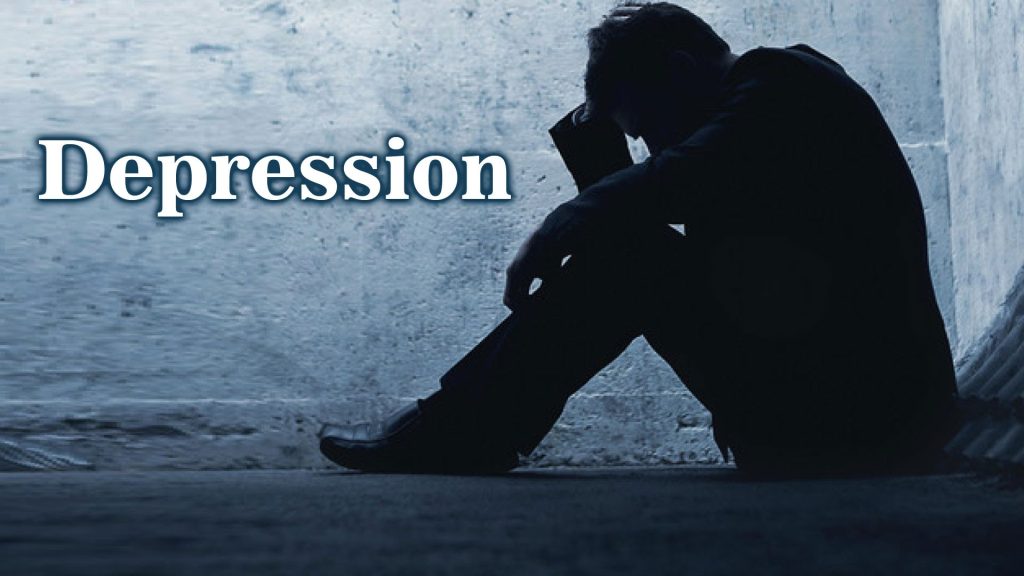Beyond the Blues: Distinguishing Between Sadness and Depression

Sadness and depression are two emotional states often used interchangeably, but they represent distinct experiences that differ in duration, intensity, and impact on one’s daily life. Recognizing the differences between them is crucial for seeking appropriate support and treatment. In this guide, we will explore the characteristics that distinguish sadness from depression, helping individuals identify when their emotional struggles may require professional attention.
Sadness:
- Normal Emotion: Sadness is a natural human emotion experienced in response to various life events, such as loss, disappointment, or stress. It is a common reaction to challenging circumstances and typically subsides as these situations improve or resolve.
- Time-Limited: Sadness is generally time-limited and often corresponds directly to the triggering event. It tends to diminish as individuals come to terms with their feelings or find ways to cope.
- Proportional Response: Sadness is usually a proportional emotional response to life events. It is understandable and expected given the circumstances, and it does not impair one’s ability to function in daily life.
- Emotional Range: People experiencing sadness can still experience moments of happiness, joy, and other positive emotions. Their emotional range remains intact.
- Self-esteem: Sadness typically does not lead to a significant decline in self-esteem or self-worth. Individuals can maintain a positive self-image despite feeling sad.
Depression:
- Clinical Condition: Depression, on the other hand, is a clinical mental health condition characterized by persistent feelings of sadness, hopelessness, and a loss of interest or pleasure in activities. It is not solely a reaction to life events but a pervasive state of being.
- Duration: Depression is long-lasting and persists for weeks, months, or even years. It does not necessarily correlate with specific events and can occur without an obvious trigger.
- Disproportional Response: The emotional response in depression often feels disproportional to life circumstances. Individuals may experience intense sadness even when there is no apparent reason.
- Impaired Functioning: Depression significantly impairs daily functioning. It can affect one’s ability to work, maintain relationships, and engage in regular activities.
- Emotional Numbness: Depression may lead to emotional numbness, where individuals struggle to experience joy or pleasure. Their emotional range becomes limited.
- Low Self-esteem: Depressed individuals often have low self-esteem and may experience pervasive feelings of guilt and worthlessness. Negative self-perceptions are common.
Conclusion
While sadness is a normal and temporary emotional response to life’s challenges, depression is a clinical condition that persists over an extended period, impacting one’s overall well-being and functioning. Distinguishing between these two states is vital for seeking appropriate help. If you or someone you know is experiencing symptoms of depression, such as prolonged sadness, loss of interest, or impaired daily functioning, it is crucial to consult a mental health professional for evaluation and support. Depression is treatable, and seeking help is the first step towards recovery and improved mental health.
